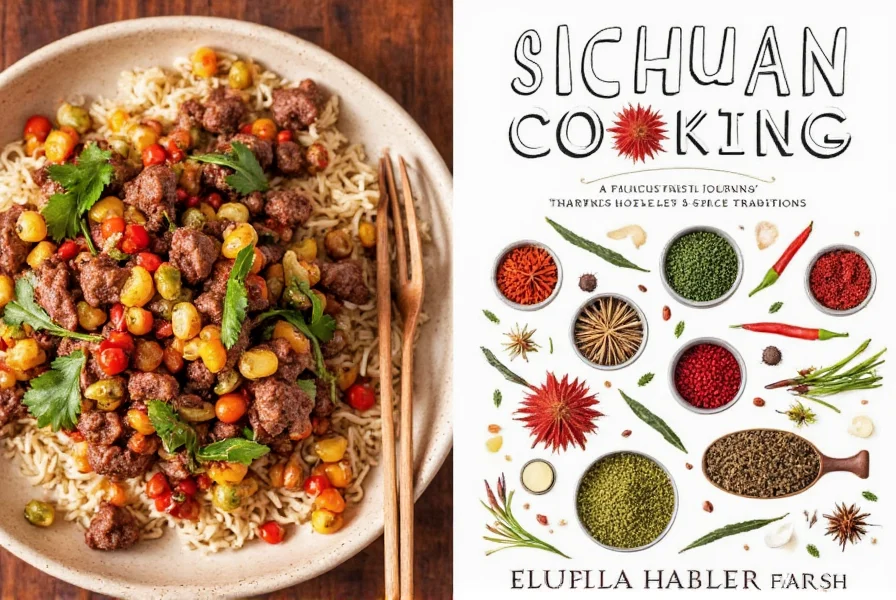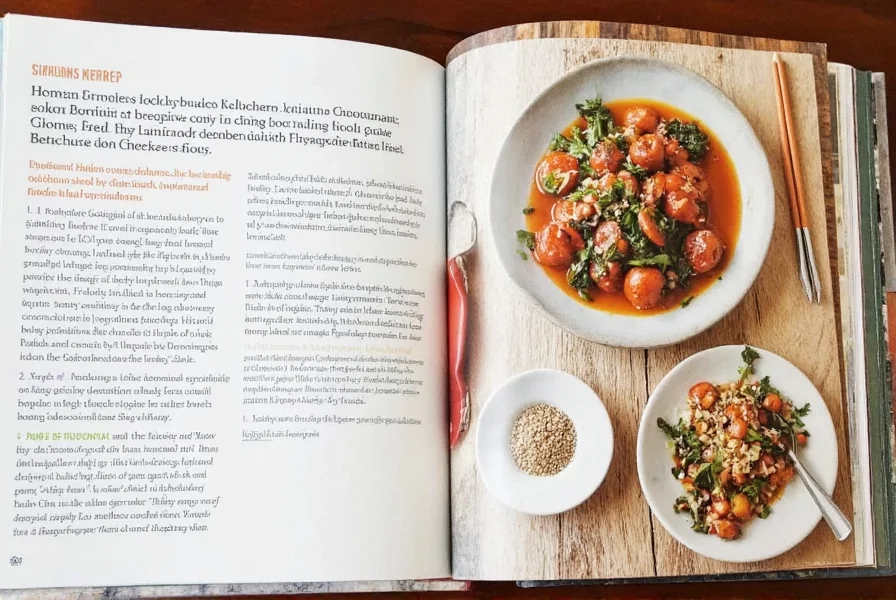Sichuan Cooking: A Flavorful Journey Through Global Spice Traditions
Table of Contents
Introduction to Sichuan Cooking
When it comes to bold, complex flavors, Sichuan cooking stands out as one of the most distinctive and beloved styles of Chinese cuisine. Known for its fiery heat, numbing sensation from Sichuan peppercorns, and a balance of sweet, sour, salty, and umami, Sichuan cooking has captivated food lovers around the world.
This style of cooking originates from the Sichuan province in China, a region known for its humid climate and rich culinary heritage. The combination of spicy, sour, and numbing elements creates an unforgettable taste experience that’s both intense and satisfying.
The Signature Spices of Sichuan Cooking
At the heart of Sichuan cooking are its signature spices, each playing a crucial role in creating its unique flavor profile:
- Sichuan Peppercorn: This is the star of the show. It delivers a tingling, numbing sensation rather than just heat. Its citrusy, floral notes make it a must-have in any Sichuan kitchen.
- Chili Peppers: Dried or fresh, chili peppers provide the heat. Varieties like *Liangshan* and *Tianjin* are commonly used for their depth of flavor and color.
- Garlic and Ginger: These are essential for building layers of flavor and adding warmth to dishes.
- Star Anise and Sichuan Pepper Mix: Often used in broths and braised dishes, this combination adds depth and complexity.
Here’s a quick comparison of some key spices used in Sichuan cooking versus other global spice traditions:
| Spice | Sichuan Use | Other Global Uses |
|---|---|---|
| Sichuan Peppercorn | Numbing sensation, citrusy flavor | Used in Indian and Thai curries for heat |
| Dried Chili | Heat and color | Used in Mexican salsas and Korean kimchi |
| Ginger | Warming and aromatic | Common in Southeast Asian and Western cooking |
Unique Cooking Techniques in Sichuan Cuisine
Sichuan cooking isn’t just about the ingredients—it’s also about how they’re prepared. Some of the most iconic techniques include:
- Stir-frying (Chao): Quick cooking over high heat preserves the texture and flavor of vegetables and proteins.
- Braising (Hong): Slow-cooked in a flavorful broth, often with soy sauce and spices, giving dishes a deep, rich taste.
- Steaming (Zheng): Used for delicate dishes like dumplings and fish, keeping the natural flavors intact.
- Deep-frying (Zha): Adds a crispy texture to dishes like Mapo Tofu and Sichuan-style chicken.
These techniques, combined with the right spices, create the signature Sichuan flavor that's both fiery and full of depth.
Global Influence and Adaptation of Sichuan Flavors
While Sichuan cooking has deep roots in China, its influence has spread across the globe. From restaurants in New York to home kitchens in London, Sichuan flavors have found a place in modern global cuisine.
Many chefs and home cooks adapt Sichuan recipes to suit local tastes, often substituting ingredients or adjusting spice levels. For example, in the U.S., Sichuan-inspired dishes might use bell peppers instead of traditional green beans or opt for milder chilis.
One popular adaptation is the “Sichuan hot pot,” which has become a favorite in many countries. The base is usually a spicy broth with a mix of Sichuan spices, and diners cook their own ingredients at the table.

A Comprehensive Buying Guide for Sichuan Ingredients
If you're interested in bringing the flavors of Sichuan into your kitchen, here's a guide to help you choose the best ingredients:
Best Sichuan Peppercorns
- Product Name: Xinghua Sichuan Peppercorns
Features: High-quality, organic, with a strong aroma and numbing effect.
Use Cases: Ideal for making chili oil, soups, and stir-fries.
Target Audience: Home chefs and professional cooks who want authentic flavor.
Suitable Occasions: Weeknight meals, dinner parties, or casual gatherings.
Best Dried Chilies
- Product Name: Liangshan Dried Chilies
Features: Deep red color, mild to medium heat, and a rich flavor.
Use Cases: Used in chili pastes, stews, and sauces.
Target Audience: Those looking for a balanced spice level.
Suitable Occasions: Family dinners, cooking classes, or meal prepping.
Best Soy Sauce for Sichuan Dishes
- Product Name: Koon Chun Light Soy Sauce
Features: Balanced saltiness, ideal for seasoning and marinating.
Use Cases: Used in braised dishes, stir-fries, and dipping sauces.
Target Audience: Both amateur and advanced cooks.
Suitable Occasions: Everyday cooking, special occasions, or restaurant-style meals.
The key to mastering Sichuan cooking is having the right tools and ingredients. Whether you're starting with a simple mapo tofu recipe or diving into a full Sichuan hot pot, the right spices and seasonings can make all the difference.

Practical Tips for Home Chefs
Ready to bring Sichuan flavors into your kitchen? Here are some practical tips to get started:
- Start with the basics: Build your pantry with Sichuan peppercorns, dried chilies, garlic, and ginger. These are the foundation of most Sichuan recipes.
- Experiment with chili oil: Making your own chili oil gives you control over the heat level and flavor. Simply fry chilies and Sichuan peppercorns in oil and let it infuse for a few days.
- Use a wok: A wok is essential for stir-frying and achieving that smoky, seared flavor common in Sichuan dishes.
- Balance the flavors: Sichuan cooking often combines heat, sourness, and numbing sensations. Don't be afraid to adjust the ratios based on your taste.
- Try new recipes: Start with something simple like a Sichuan-style tofu dish or a spicy noodle soup. As you gain confidence, move on to more complex recipes.
Remember, the goal is to enjoy the process and explore the rich, layered flavors that Sichuan cooking offers. You don’t need to be a master chef to recreate these dishes at home—just a little curiosity and a willingness to experiment.
Conclusion
Sichuan cooking is more than just a way of preparing food—it’s a celebration of bold flavors, cultural heritage, and culinary artistry. From the numbing kick of Sichuan peppercorns to the fiery heat of chilies, every bite tells a story of tradition and innovation.
Whether you're a seasoned cook or just beginning your spice journey, there’s always something new to discover in Sichuan cuisine. With the right ingredients, techniques, and a bit of practice, you can bring the vibrant, complex flavors of Sichuan into your own kitchen.
So why not start today? Explore the world of Sichuan cooking, and let your taste buds take a trip to the heart of China.











 浙公网安备
33010002000092号
浙公网安备
33010002000092号 浙B2-20120091-4
浙B2-20120091-4